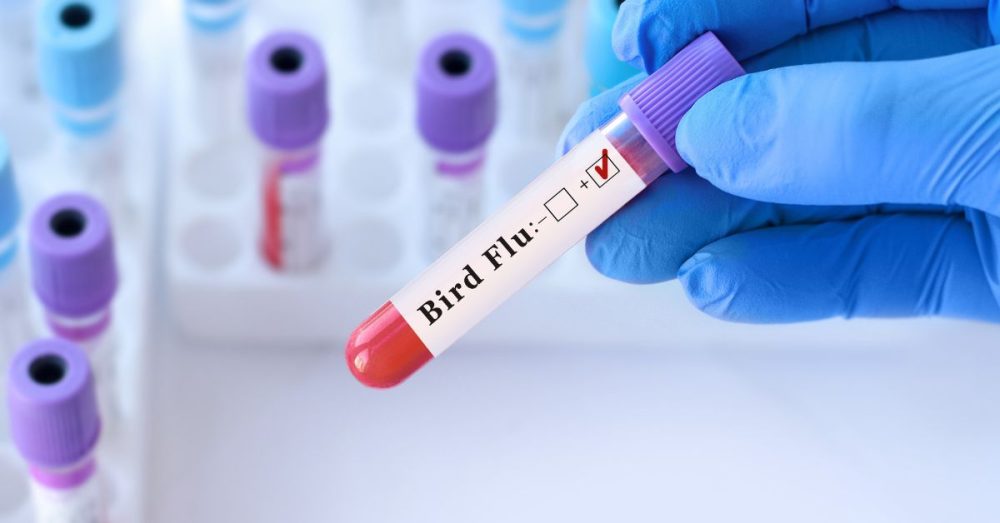A new study says that some dairy workers at farms where cows were infected with bird flu unknowingly contracted the virus themselves.
The results point to an underreporting of workers who contracted bird flu since they did not exhibit symptoms in some cases. According to the results of the study, 7% of workers in dairy farms with infected cows contracted the virus, more than initially thought.
The study was spearheaded by the U.S. Centers for Disease Control and Prevention (CDC) along with state health departments in Michigan and Colorado.
“The findings support the need for active monitoring of exposed workers and testing to detect and treat HPAI A(H5) infections, including those in persons with very mild symptoms. These efforts should be coupled with farmworker education about infection risks and prevention measures,” read a summary of the report published by the CDC on November 7.
Based on the findings, the CDC recommends that workers without symptoms take the antiviral medication Tamiflu if they know they have been exposed to infected animals and were not sufficiently protected.
Before the study, those without symptoms were not offered the medication.
“A key part of our strategy is to offer treatment with Tamiflu to workers who were exposed and who show symptoms that are consistent with H5N1 infection, but in light of the data that Dr. Daskalakis outlined, which showed again, the existence of individuals with mild or even no symptoms that they can remember, CDC now recommends offering Tamiflu to asymptomatic workers who had a high-risk exposure to H5N1 animals without having worn adequate PPE,” said Dr. Nirav Shar, the CDC Principal Deputy Director, in a transcript released by the organization.
Last month, the United States reported its first confirmed case of a pig with H5N1 bird flu, according to The Dallas Express. The finding concerned some experts since pigs are considered a “mixing bowl” species with the same kind of receptors in their lungs as humans. In the past, infected pigs have mutated flu strains that were later transmitted to humans.
While the CDC continues to work to control the spread of bird flu, it maintains that the risk to the public remains low.


